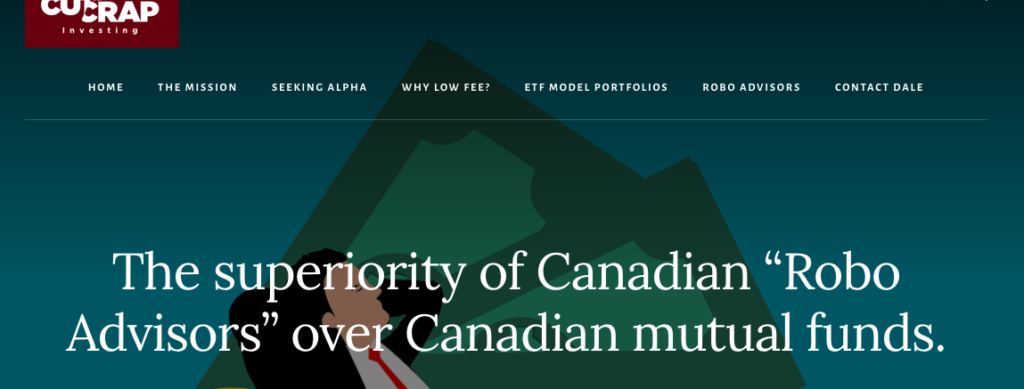By Devin Partida
Special to Financial Independence Hub
Today’s economic and job-growth landscape might have you turning to investing as a prominent option.
It takes patience and effort, but anyone can save up enough through intelligent investments.
How do you begin the Investment Process?
As of 2023, the average American makes around US$57,000 annually, which is lower for minority groups. Even if you’re careful with your spending, becoming financially independent with that salary can take a long time.
The average person from the United States only has about $5,000 in savings. Before beginning the process, you must consider how much money you can invest. The ultimate goal is financial independence [aka “Findependence” on this site], but getting there can take a while. Only put in what you’re willing to lose because things might not pan out as expected.
The formula for Findependence takes your yearly spending and divides it by your safe withdrawal rate to calculate your goal savings figure. Then, it subtracts the amount you’ve already saved and divides that amount by how much you can save each year. It’s only an estimation, but it can help you know how much your investments need to make.
What Investments should you Consider?
There are plenty of investment types. The stable ones often have lower returns and you usually need to take some risk to see a high reward quickly.
1.) Real Estate Investment Trust
A real estate investment trust (REIT) receives money from investors to purchase and manage property. Most generate revenue through rental income and pay dividends in return for the initial payment you made. It’s similar to owning by yourself, but you pool funds for the purchase and let someone else take care of the tenants. There are also other REIT types, so you have more options than rental properties.
2.) Stocks
The stock market usually requires more attention to detail because you must keep up with it. Anything from an upcoming brand deal to an overseas political event can affect this investment type. You should frequently check the stocks you hold and the businesses they belong to so you can quickly respond to changes.
The Canadian stock market differs from the United States version. Firstly, you need a brokerage account. Most brokerages charge about $5 to $10 per trade, with average commission fees of $6.95. It might seem minor, but paying to invest or shift your stocks around puts you at a loss before you begin. The flat rate cut you must pay can also make investing smaller amounts challenging because it takes a higher percentage the less you put in. Continue Reading…








